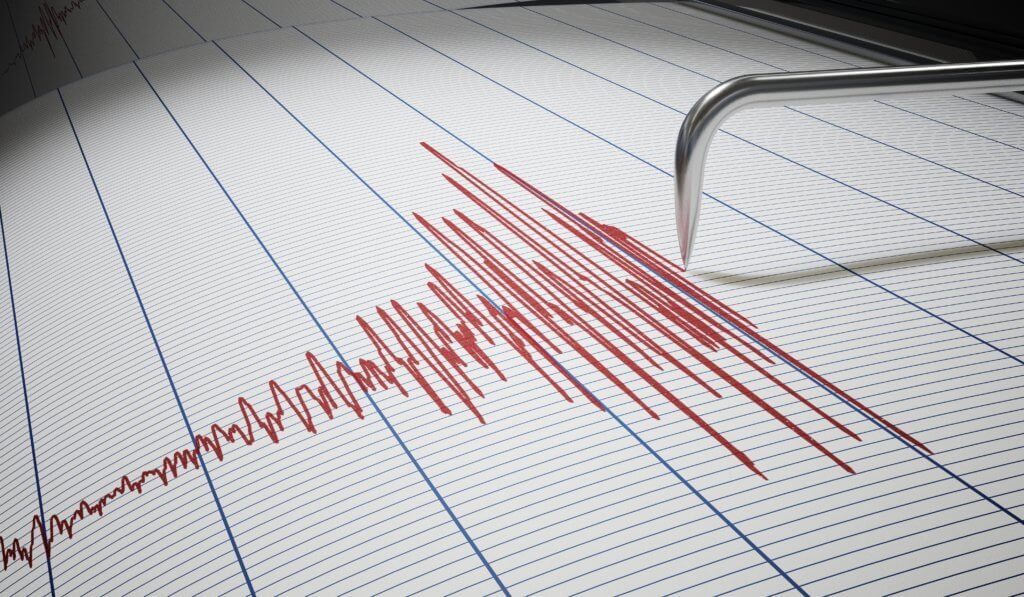VIENNA, Austria — In the age of social media, conspiracy theories have found a fertile breeding ground, and even the topic of earthquakes is not immune to this trend. A recent study conducted by the IIASA Advancing Systems Analysis Program sheds light on how bots contribute to the spread of unfounded theories surrounding seismic events. Earthquakes are the result of tectonic plate collisions and are widely understood to be a natural phenomenon. However, due to their sudden and catastrophic nature, they often become breeding grounds for conspiracy theories.
The study highlights how conspiracy narratives thrive on people’s fear of the unknown and the significant social and economic consequences associated with earthquakes.
With social media becoming an integral part of our daily lives, the study emphasizes the need to explore the intersection of conspiracy theories and their impact. The IIASA researchers delved into this realm by leveraging social media data and artificial intelligence to analyze behaviors and societal issues in a novel way.
By examining Twitter data following a 5.6-magnitude earthquake in Indonesia in November 2022, the researchers identified the most prevalent conspiracy discourses related to earthquakes. Surprisingly, bot-like accounts, although in the minority compared to human-like accounts, were found to be more active in spreading misinformation and conspiracies. The study also established a link between the bot score and the toxicity level of these accounts, underscoring their potential negative impact on promoting disruptive behaviors.

Conspiracy theories discussed on Twitter ranged from military activities and divine intervention to claims that the United States High-Frequency Active Auroral Research Program (HAARP), a weather control program, was responsible for earthquakes. Additionally, other conspiracies implicated the European Organization for Nuclear Research (CERN) and extraterrestrial beings as potential culprits behind seismic events.
“In 2020, bots made up 40,8% of internet traffic, with almost two-thirds being bots of malicious intent,” highlights Dmitry Erokhin, the study’s co-author, in a media release.
The study demonstrates the significant role played by bots in spreading earthquake conspiracy theories on social media. The findings stress the importance of understanding information dissemination dynamics and urges policymakers and social media platforms to develop effective strategies to combat the issue. Safeguarding public understanding of science and promoting evidence-based decision-making are crucial in countering the damaging effects of conspiracy theories.
As the battle against misinformation intensifies, this study serves as a call to action for society to be vigilant and for platforms to implement measures to curb the spread of unfounded theories, safeguarding the integrity of scientific knowledge and public discourse.
The study is published in the journal Science Direct.

